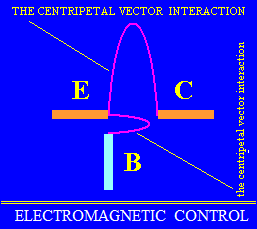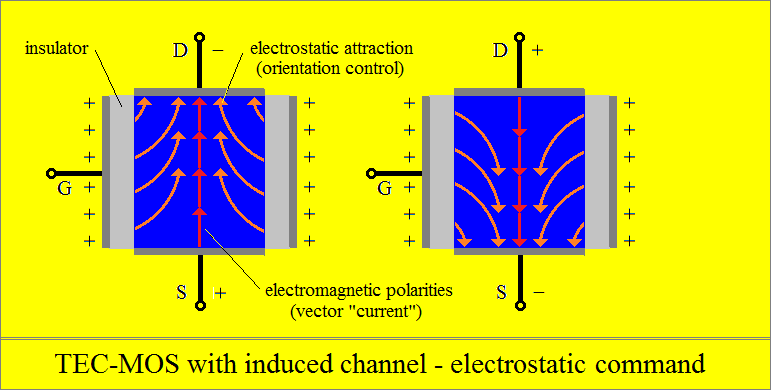The
electric current.
The notion of electric current has lost its content.
Some time ago, the atoms of electricity were researched, and then the
electric charges were found.
Without electric charges, the concept of electric current is absurd.
With electrical charges it is just primitive.
In the electrical circuit not circulate particles of any kind!
The electromagnetic force (voltage) orientates the electric polarities
of the atoms
in the same direction and produces the electric intensity, the "current".
The voltage does not change the position of the atoms in the structure,
only their electrical polarities are forced to reorient.
Forced, because polarities are the bonds of atoms in the crystal and they
oppose reorientation.
In electrolysis and electric arc phenomena, orienting the forces of the
linking,
the electromagnetic force detaches the atom from the cathode and attaches
it to the anode.
The force with which polarities oppose reorientation is the force that
binds the atoms in the crystal.
So, electrical resistance is the response of electrical polarities to
changing direction by breaking atomic bonds. The polarities force, electrical
resistance, varies inversely with the intensity of the orientation.
The intensity of the orientation is the effect of the electromagnetic
force, which is the voltage,
therefore, is directly proportional to the voltage.
This interpretation logically explains Ohm's law.
Intensity of orientation has two variables forces inversely proportional
:
The received force that orientates polarities and their resistance.
Variations of these magnitudes are electromagnetic oscillations - information.
The oscillations consist of changing the direction of the variation, which
being alternatively opposite,
are rejecting each other centrifugally into the conductor - electromagnetic
oscillations.


